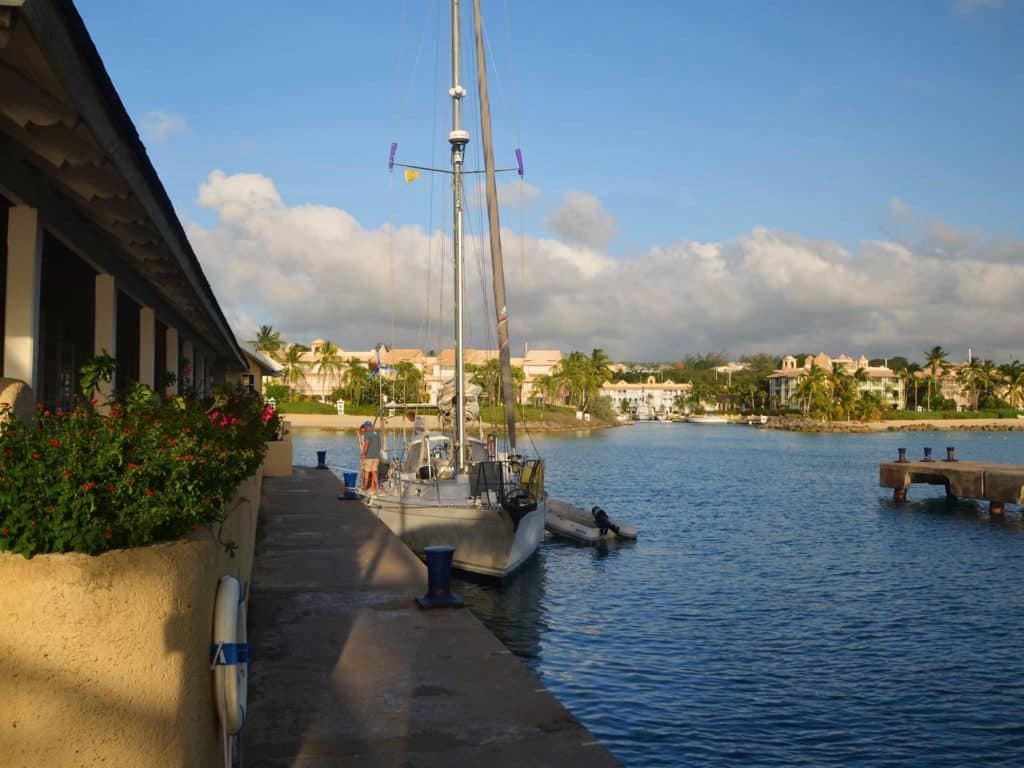
Hopeful cruisers sometimes wonder where to start their adventures. Pacific side of Mexico or the Caribbean—both beautiful cruising grounds, anchorages in proximity and resources to get started. Is Mexico or the Caribbean better? One may be more appealing than the other, all depending on your priorities.
We’ve been fortunate to spend time in both of these cruising grounds, through the full range of seasons. Mexico was our first international stop after beginning our cruising life in 2008; we left from there for the South Pacific in 2010, and have been back again since 2018. We arrived in the Caribbean in 2016 when we made landfall in Barbados after sailing up the Atlantic from Africa. We’ve been through the eastern chain twice: on our way to the USA that spring. In 2017 when we spent most of the year in the Caribbean, from Dominican Republic through the chain to Grenada and ultimately pointing west via the ABCs, Colombia and the Panama Canal.
For the unfamiliar, this is meant as orientation. For the experienced, there will probably be some head nodding and some differences of opinion. Chime in with yours!
Room to roam
Both Mexico and the Caribbean offer extensive options for cruising. Both offer a range of environments to explore, from arid shores to rainforests. But the Pacific side of Mexico may be bigger than most realize, with 4,555 miles of coastline. That’s the same as if you island hopped from Grenada to St Martin ten times or did five laps between the Canal and the eastern Caribbean.
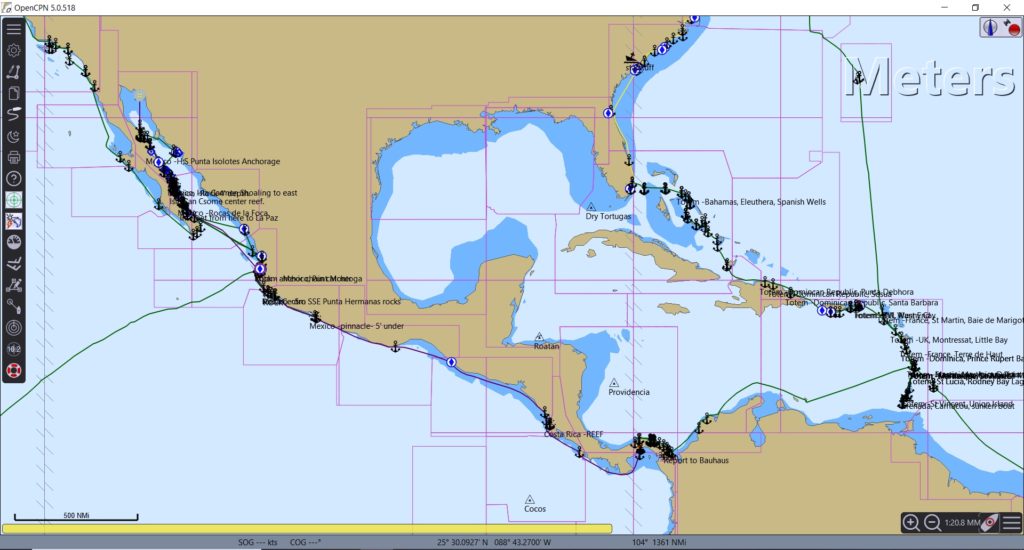
map-north-america
There are many more boats – in closer proximity – in the Caribbean. Charter fleets can crowd anchorages during the high season. In Mexico, the only anchorages you’d ever get squeezed out of are the handful of spots that are meant for just a couple of boats. The geography is a benefit; otherwise, wide bays dominate.
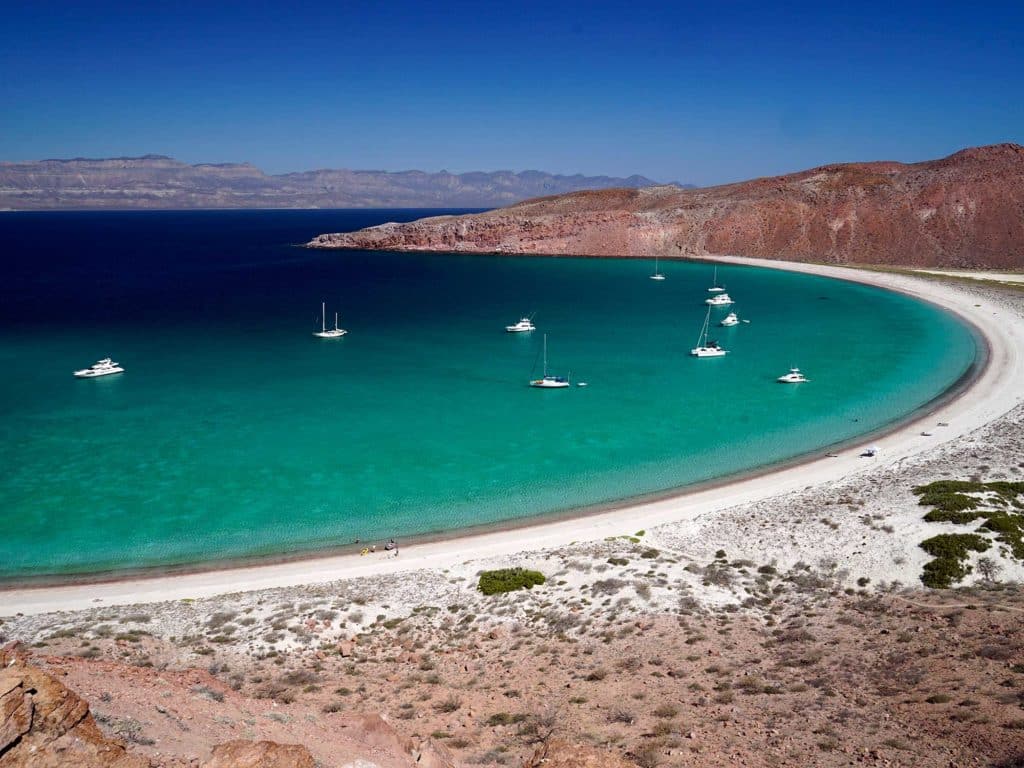
Personal safety
We can’t think of a single case of violent crime against cruisers in Mexico. Sure, it’s on State Department watch lists, but this is due to cartel-related violence. As a cruiser, you are outside the zone of risk unless you’ve chosen to engage. We feel very safe here; safer than in the USA. While there are a few places in Mexico where outboards sprout legs if not secured at night, these tend to be well known and in general it’s not a problem.
The Caribbean, on the other hand, has a smattering of security considerations. There are two no-go regions (mainland Venezuela, and the waters off the Honduras / Nicaragua border). Elsewhere in the Caribbean are harbors with earned reputations for boarding and theft, including assault, in well-identified hotspots. Still fine places to go cruising, but it does mean keeping up with trends in security at a granular destination level, making calculated decisions about where you choose to go, and being aware.
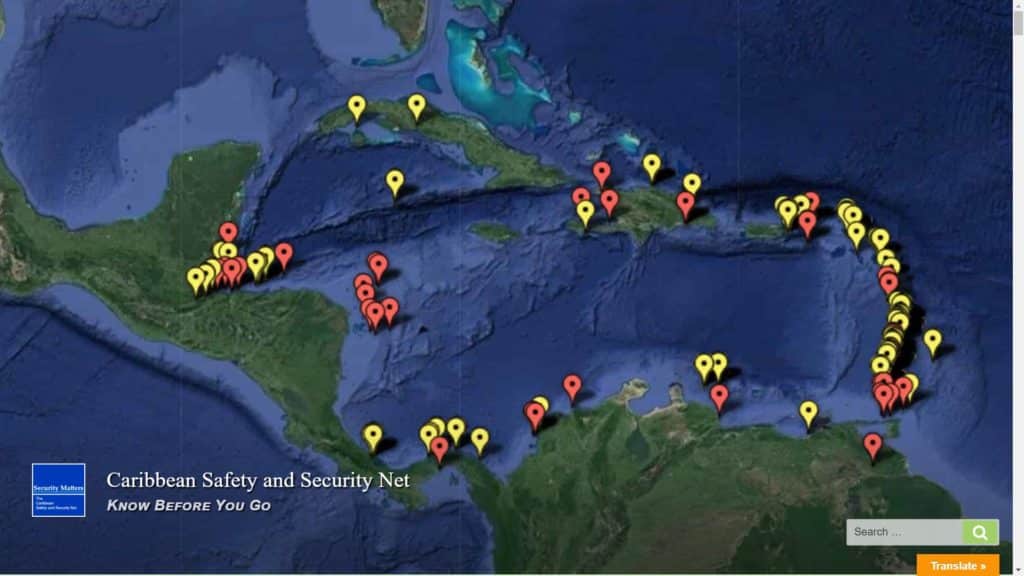
Cultural interest
There’s plenty of culture and history in both to explore for those who wish. Multicultural heritages with indigenous depth in Mexico, blended African and colonial influences in the Caribbean, mean no end to what you can learn about the history and influences to everyday life. Mexico’s regional variations are significant, but the Caribbean’s more readily accessed—depart a French-speaking island in the morning, arrive at a Spanish-speaking island that afternoon, put a Dutch island on your itinerary next.
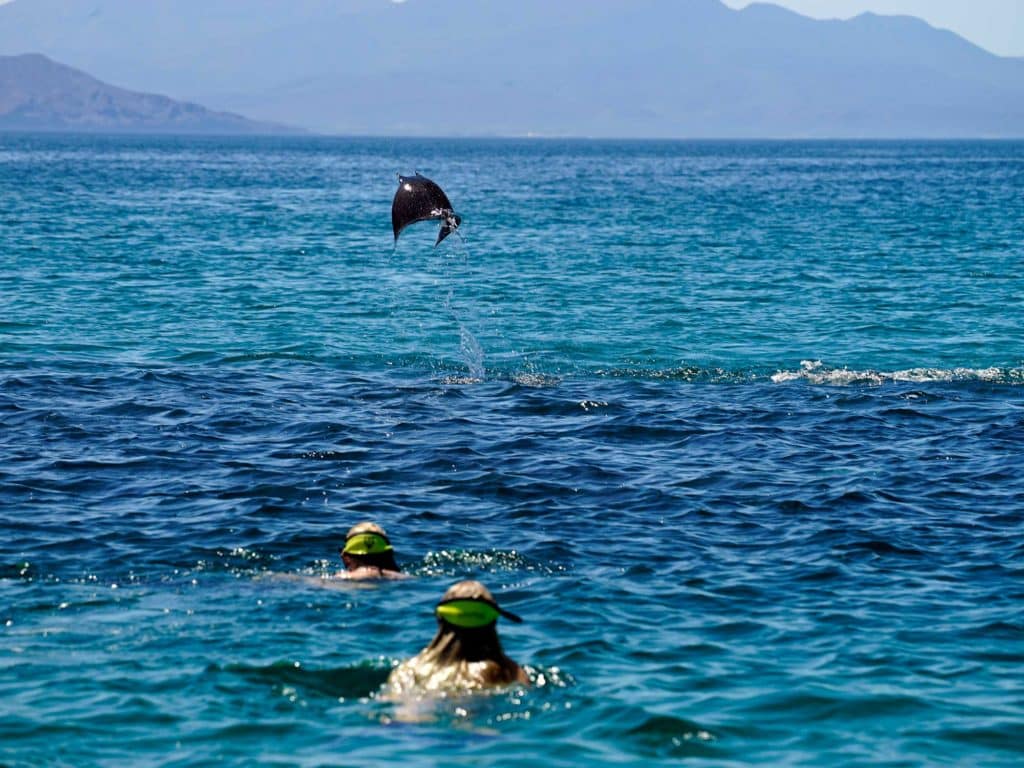
Cruising practicalities in Mexico and the Caribbean
A budget can be managed in both regions. But food is significantly less expensive in Mexico; among the most affordable country we have cruised, and food is the biggest variable part of our monthly budget (by FAR). While it’s possible to shop to a budget in the Caribbean, those personal choices may be easier said than lived by.
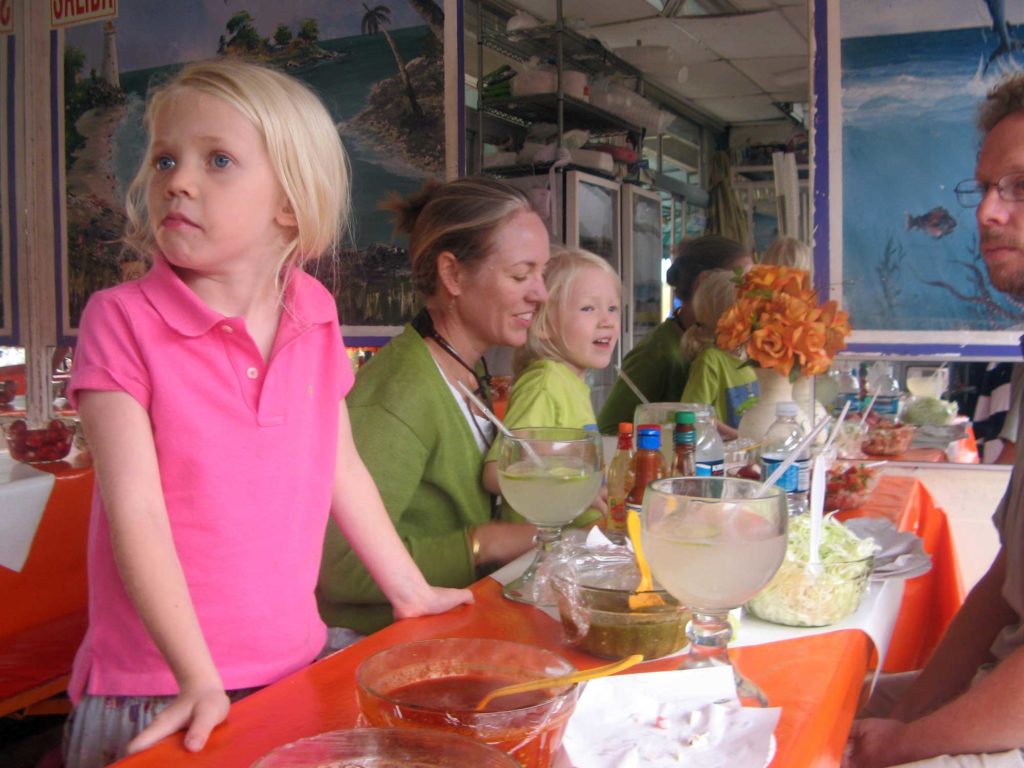
Formalities are a breeze in Mexico. Americans and Canadians get a six-month visa (really, a tourist permit) on arrival; your boat gets a 10-year temporary import permit. The paperwork for these is mostly straightforward. Extended stays are the norm.
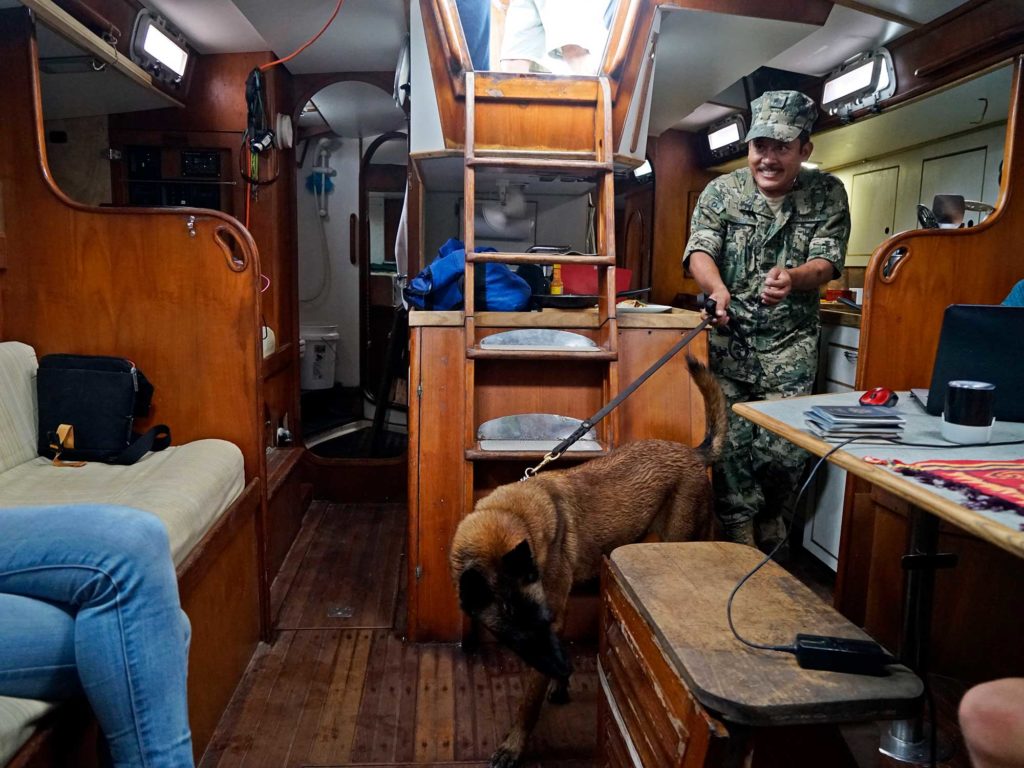
Formalities aren’t difficult in the Caribbean… mostly. Best are the French islands, were you could literally be at a café with a beer signing in on a customs terminal! But since every island you hop to can mean entering a new country, there’s more to deal with and some added complexity. If you have a ship’s cat or dog, compound the complexity and reduce your options.
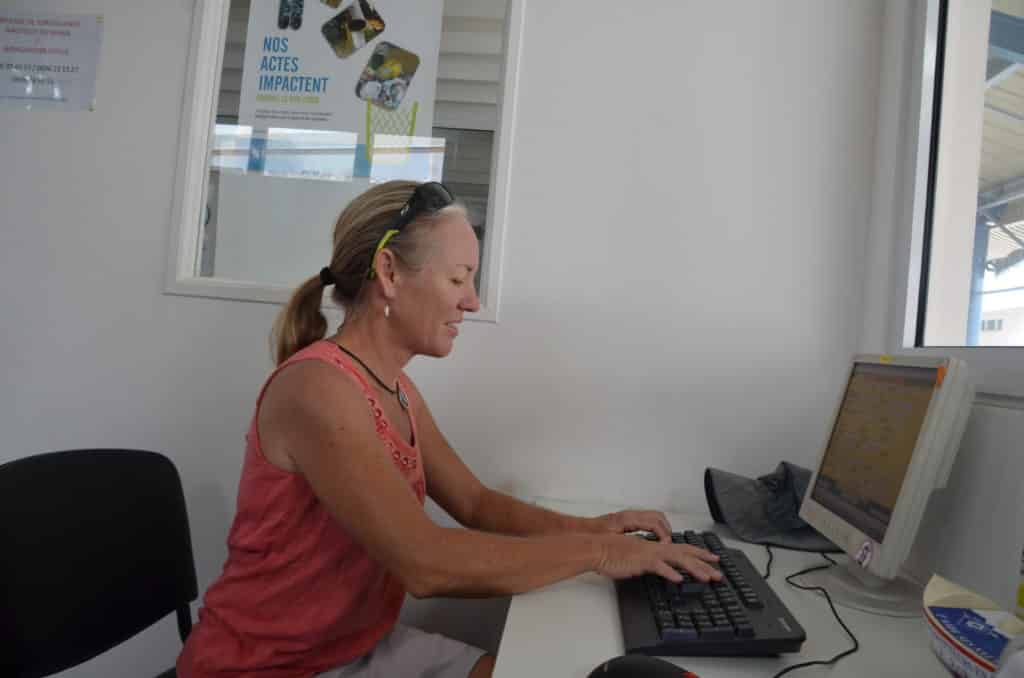
For now, the COVID pandemic has made frequent clearances not just inconvenient but expensive, as COVID tests add up.
Cruising community
Cruising culture includes common traits no matter where you are, but there are regional differences between these locales.
In Mexico, most cruisers are from the USA or Canada. You can count on sharing a language with the other boats near you, which can make life fun (and come in handy). There are a few hubs where cruisers gather, and many turn from active sailing into floating-condo retirement. These liveaboards are often instrumental in fostering cruising community with local events like meetups, seminars, and holiday gatherings—but don’t leave the dock much. All of this is helpful for the newer arrivals!
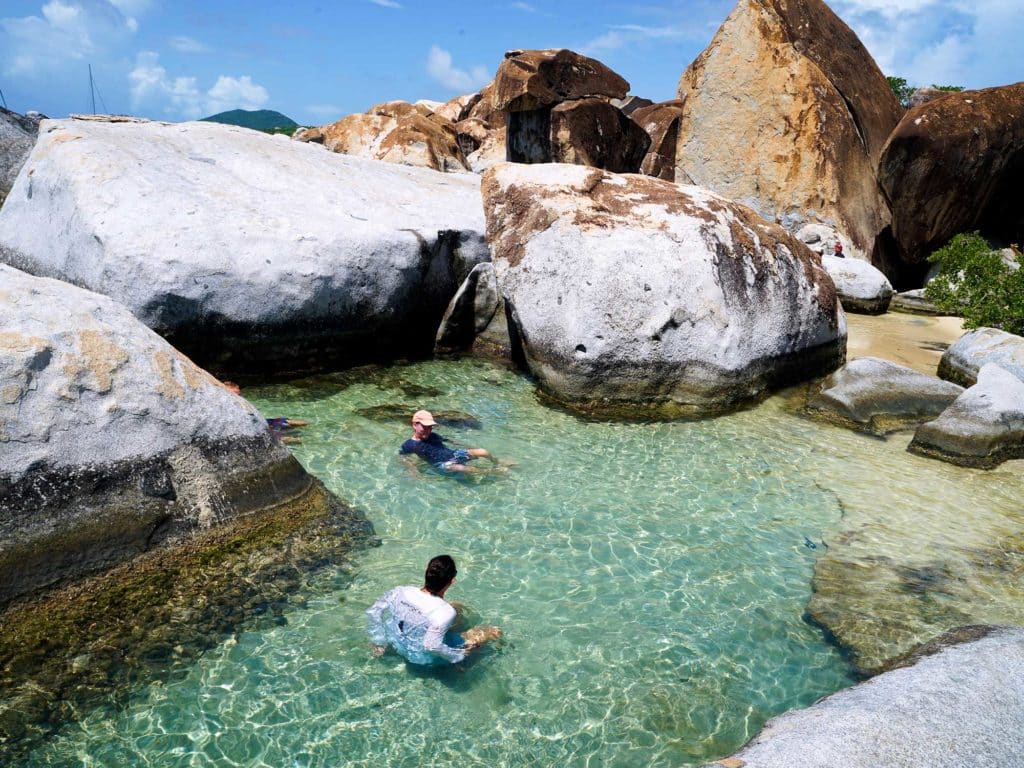
The Caribbean has a greater number of hubs and boats, including substantial charter fleets. Charterers and cruisers alike come from a wider range of countries as European visitors flock for a winter holiday. There’s fun in learning from and about your fellow cruiser’s differences and similarities—it’s more reflective of the diversity in wider cruising grounds than Mexico. Awareness for cultural relativism between cruisers becomes important: like how close cruisers from other parts of the world are comfortable anchoring (VERY, by the typical North American standard), or the European comfort with naked deck showers.
Weather
Both regions have beautiful winter and springs, and a summer/fall hurricane season to respect. On average, Mexico is hit by far fewer tropical storms. Plenty of active cruising takes place in both regions during hurricane season, with boaters managing their risk.
Mexico has relatively light winds. It doesn’t make for great sailing, unless you have a lot of patience or a good light-air setup. However, Banderas Bay—our base for much of the winter, near Puerto Vallarta—has some of the best conditions anywhere in the world. Flat-water sailing with daily thermals and the humpback whale show as a bonus. Summertime sees cruisers either heading north into the Gulf of California (Sea of Cortez), where hurricanes rarely venture above the midpoint, or holing up at a protected harbor elsewhere. It can be very hot in the Gulf/Sea, a dry heat that can be bearable with a breeze. Squally weather and humidity dominate conditions to the south, and boats choosing not to venture north typically park and plug in for aircon.
Caribbean sailing is generally much better, with consistent easterly trade winds. Sailing north, south, or west is relatively easy. But going east, such as from Florida to Caribbean islands, takes timing and finesse to minimize discomfort. Of course, plenty of sailors do this migration annually! Sailing along the chain of windward/leeward eastern Caribbean islands isn’t as great as prevailing conditions would suggest. Behind the islands, wind is blocked; between them, enhanced winds funnel through and seas get lumpy. Boats tend to cluster in hurricane “safer” locations like Grenada, or Trinidad & Tobago—but six months is a long time to spend in one spot.
Family fun
Plenty of kid boats are cruising in Mexico and the Caribbean! But the dynamics are different. In Mexico, it’s relatively easy for the fleet to connect since boats all travel a linear, north/south route. Most arrive by passing through the hubs of La Paz or Puerto Vallarta on roughly similar timelines, which enables meeting other kid boats. Cruisers in hubs let you know about who has passed through, to facilitate connecting.
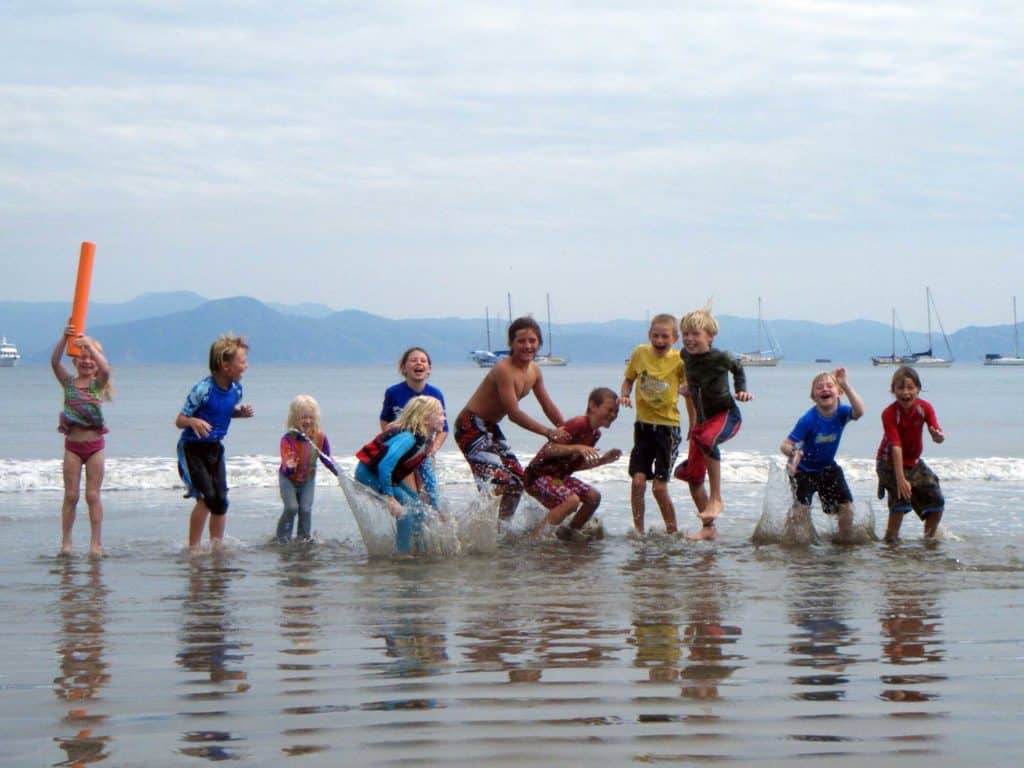
The Caribbean has more kid boats, but the meetups are more difficult. Partly because boats arrive from myriad directions—up from Grenada, down from the USA, west from the Canaries. And then, Caribbean boats route in different directions—a range of paths compared to the linear route in Pacific Mexico. Partly because there are more hubs; one on each island, almost. It adds up to more work to find and connect with kid boats. The major exception is peak hurricane season in Grenada. Between August and October, it’s a magnet—Prickly Bay has trick or treating with literally dozens of kids.
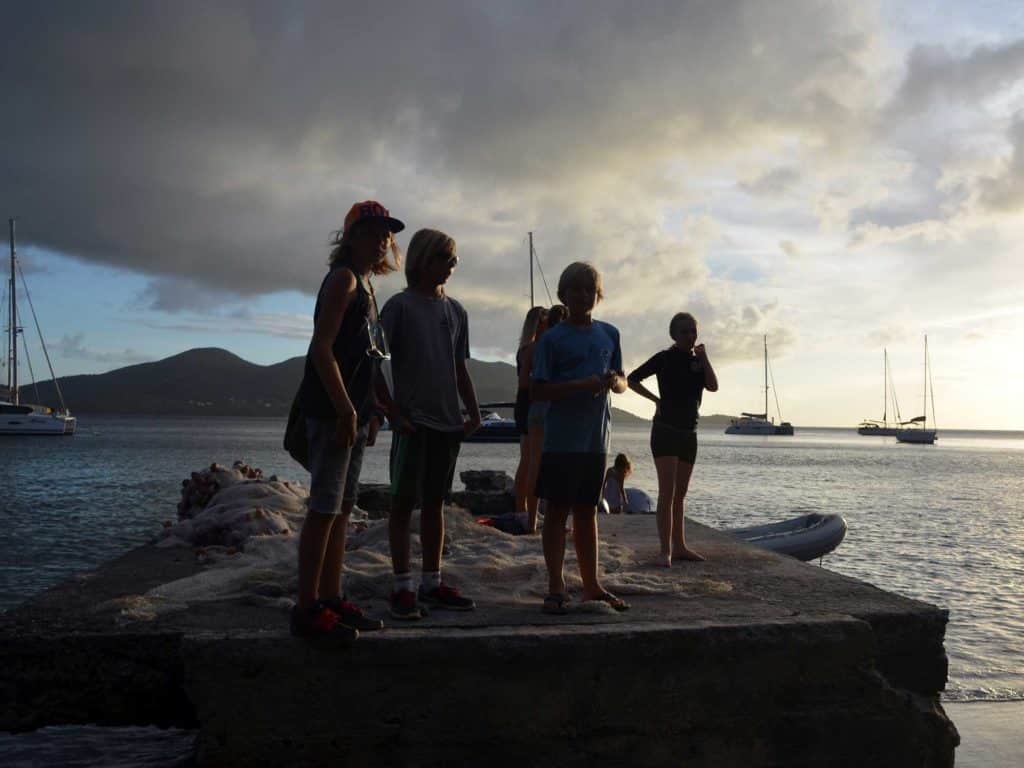
Our opinion
Was it too obvious? I’m glad we experienced a range of islands in the Caribbean, but we don’t feel drawn to return anytime soon. We really love Mexico and are grateful that this is where we landed for the pandemic pause.
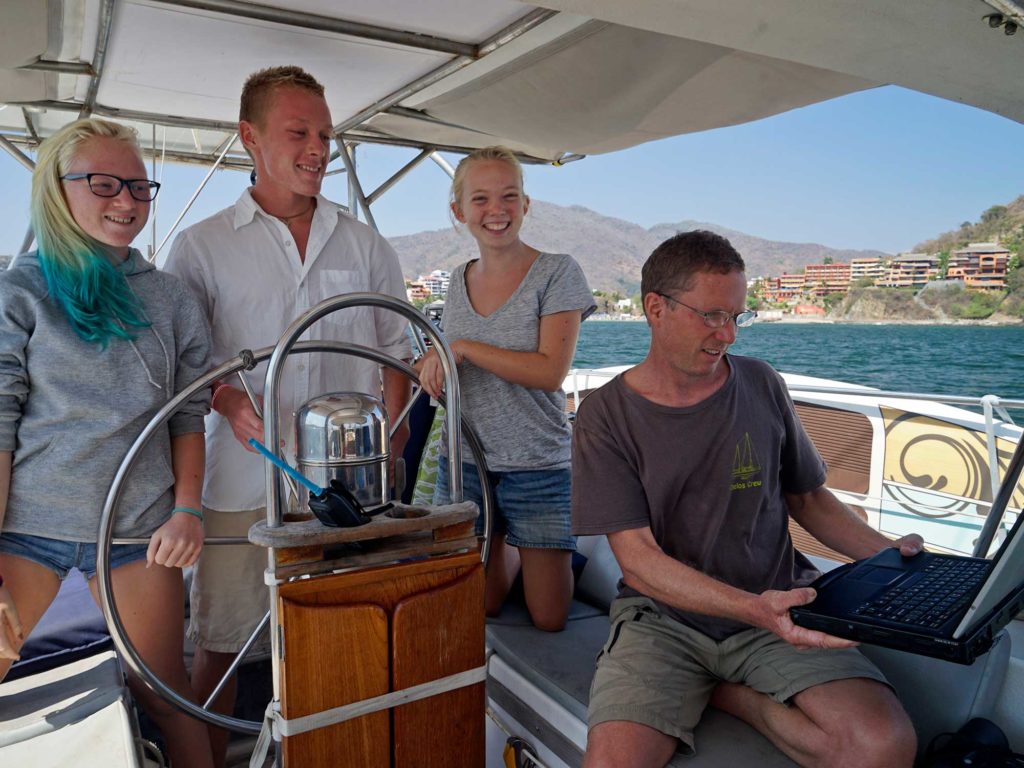
Fresh news!
If you know me, you know how much I love Southeast Asia: from high school in Taiwan, to college there and Indonesia, and later to spend some years sailing through the region aboard Totem. This week our story was picked up by the region’s biggest English language paper, Hong Kong’s South China Morning Post. That’s pretty special in my world! In writing Around the world sailing, the journalist had better insight than most; as a long-term expat, she empathizes with our life from a slightly different angle.








